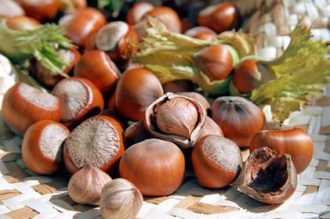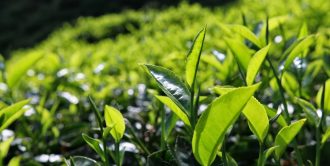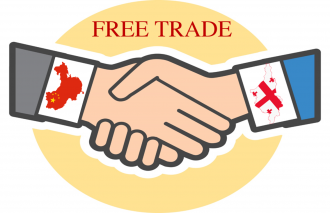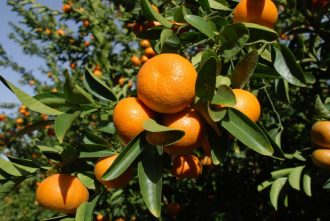
Georgian tax model – benefits for local and international businesses
According to the Doing Business Report commissioned by the World Bank,Georgia ranks 9th in the world in 2018 by ease of doing business. Moreover,…
Read More
According to the Doing Business Report commissioned by the World Bank,Georgia ranks 9th in the world in 2018 by ease of doing business. Moreover,…
Read More
The number of trade partners of Georgia has increased during the past decade which mostly was the result of signing an Association Agreement between…
Read More
Agricultural traditions are the main part of Georgian cultural heritage and mentality, as long as favorable climate with fertile soil make it one of…
Read More
t Georgian mineral waters are very famous not only in Georgia but in foreign countries also. Especially this product is realized by summer because…
Read More
Georgia is considered to be one of the oldest homelands of metal processing in the world. From the Copper-Bronze Age, when man acquired metal,…
Read More
According to the data released by the state statistics office of Georgia, in 2017 Import reached USD 7.9 billion, while exports of Georgia was…
Read More
Protein rich hazelnuts are sweet tree nuts that grow in temperate zones and its mainly cultivated in Turkey, which produces about 60% of the world’s…
Read More
Tea is the oldest Chinese culture, known in 1753 by a well-known Swedish botanist Carl Lynne, first described as a scientific name (Thea). Tea is…
Read More
The Free Trade Agreement between the Government of Georgia and the Government of the People’s Republic of China came into force and is implemented…
Read More
Georgian mandarin is cultivated in Western regions of Georgia, in Adjara, Guria, Samegrelo and Apkhazia. Russia and Ukraine are leading Georgian mandarin export countries,…
Read More